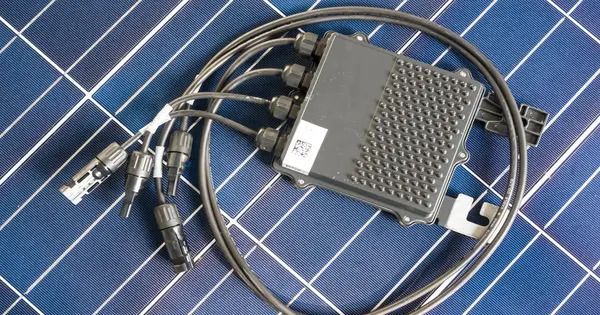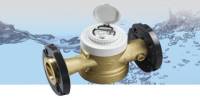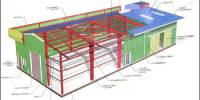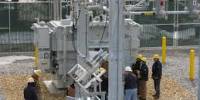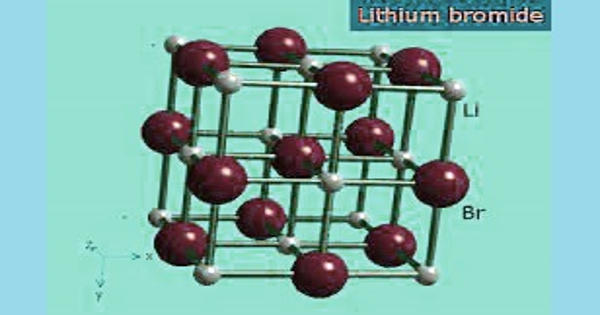A power optimizer is a DC-to-DC converter device designed to increase energy harvest from solar photovoltaic or wind turbine systems. It is a component used in photovoltaic (PV) solar energy systems. They accomplish this by individually tweaking the performance of the panel or wind turbine using maximum power point tracking, and optionally tuning the output to match the performance of the string inverter (DC to AC inverter). Its major purpose is to maximize the power production of each solar panel in the system.
Here’s how it works:
- Individual Panel Optimization: In a typical solar PV system, multiple solar panels are connected in series or parallel to form an array. However, shading, dust, or other factors can affect the performance of individual panels. A power optimizer is connected to each solar panel, allowing it to monitor and optimize the power output of that specific panel.
- Maximum Power Point Tracking (MPPT): Power optimizers use MPPT technology to ensure that each panel operates at its maximum power point (MPP), which is the point on the voltage-current curve where the panel generates the maximum power. By continuously adjusting the operating voltage and current of each panel, the optimizer maximizes the energy harvested from the solar array.
- Safety and Monitoring: Power optimizers also provide safety features and monitoring capabilities. They can detect faults or issues with individual panels, such as shading or malfunctions, and communicate this information to the system’s monitoring software. This allows for early detection and troubleshooting of problems, maximizing the overall system efficiency and reliability.
- Compatibility: Power optimizers are often used in conjunction with string inverters or microinverters in solar PV systems. They can be retrofitted into existing systems or integrated into new installations.
Applications
Power optimizers are especially beneficial when the performance of power generating components in a distributed system varies greatly, such as due to variances in equipment, shading from light or wind, or being located facing different directions or in widely separated locations. Power optimizers for solar applications, like microinverters, try to isolate individual panels in order to increase overall system performance. A smart module is a power optimizer built into a solar module.
A microinverter combines a power optimizer with a small inverter in a single enclosure that is used on each panel, whereas a power optimizer keeps the inverter separate and uses only one inverter for the entire array. This “hybrid” solution is said to have reduced total system costs because it eliminates the need for electronic distribution.
Overall, power optimizers are critical to enhancing the performance, reliability, and safety of solar PV systems, particularly in installations that require shading or panel-level monitoring.
